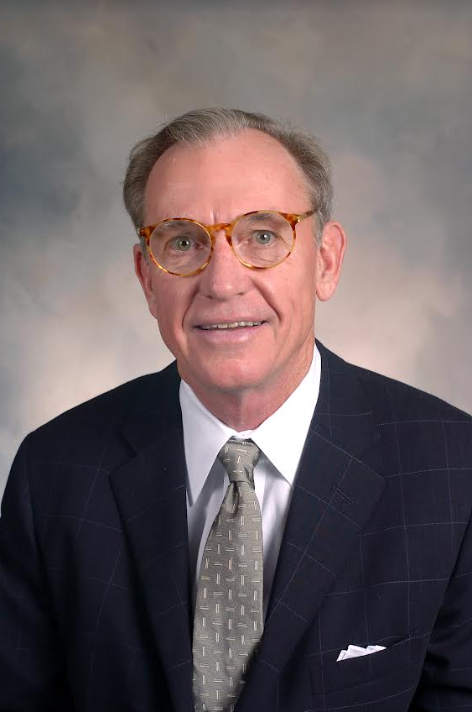There is a strong business case for retaining your talent because:
Turnover is rampant
- Most resignations ever in the U.S. in April 2021
- 4% unemployment rate - 2.2% for college grads
- 63% of employees say it is likely they can find a job as good as the one they have
- 51% of employees & 60% of millennials are considering new employment opportunities
- The average tenure for employees in their 20s is less than 18 months
Turnover is expensive
- 16% of salary for jobs under $30,000 - replacing a $ 10-hour employee costs $3,328
- 20% of salary for $30-50,000 jobs - replacing a $40,000 employee costs $8,000
- Up to 213% of salary for management positions; replacing a $100,000 employee can cost $200,000
And your most talented employees:
- Are more likely to be recruited with more opportunities available to them
- Are the most expensive to replace
- May take top performers and/or customers with them
Managers account for 70% of the variance in employee engagement & retention with:
- 65% of employees leaving their boss – not their job
- Because of poor managers, productive employees leave organizations even when satisfied with the pay & perks
- The prism through which employees see their organization is their view of their manager
- Managers are the best resource for improving retention & engagement
The most important thing a manager can do is build trust with his/her direct reports. Employees who trust their managers stay & give their best. And stay interviews build trust because they:
- Re-recruit talent by understanding why employees stay or might leave
- Make employees feel valued while improving engagement, productivity & retention
- Reinforce good relationships between managers & employees, forge new ones & help repair those that are strained
- Identify employees’ needs & how those needs can best be met creating better employee experiences
- Prevent exit interviews.
AREA COVERED
The Objectives of Stay Interviews
What Stay Interviews Are
What Stay Interviews Are Not
Steps in Initiating a Stay Interview Program
Conducting Stay Interviews
- Frequency & length
- Techniques & skills
- Core stay interview questions
- Sample potential issues & related probes of employees
- Closing a stay interview
Following Through on Your Stay Interviews
- Components of a stay interview action plan
- Stay interview cautions
- The three-step process for retaining employees.
WHO WILL BENEFIT?
Anyone with leadership, management, or supervisory responsibility.
The Objectives of Stay Interviews
What Stay Interviews Are
What Stay Interviews Are Not
Steps in Initiating a Stay Interview Program
Conducting Stay Interviews
- Frequency & length
- Techniques & skills
- Core stay interview questions
- Sample potential issues & related probes of employees
- Closing a stay interview
Following Through on Your Stay Interviews
- Components of a stay interview action plan
- Stay interview cautions
- The three-step process for retaining employees.
Anyone with leadership, management, or supervisory responsibility.
Speaker Profile
 Pete Tosh
Pete Tosh
Pete Tosh is the Founder of The Focus Group, a management consulting and training firm that assists organizations in sustaining profitable growth through four core disciplines:Implementing Strategic HR InitiativesMaximizing Leadership EffectivenessStrategic PlanningEnhancing Customer LoyaltyThe Focus Group has provided these consulting and training services to manufacturing and service organizations across the U.S., Canada, Europe, and the Middle East. Pete has worked closely with the leadership teams of organizations such as Exxon, Brinks, EMC, State Farm, Marriott, N.C.I. YKK and Freddie Mac Pete holds a B.A. degree in Psychology from Emory and Henry University and Masters degrees in both Business Administration and …
Upcoming Webinars

Excel - 10 Key Worksheet Functions to Skyrocket Your Produc…

Managing Toxic Employees: Strategies For Leaders To Effecti…

Hiring and Retaining Employees in this Crazy Economy

Harassment, Bullying, Gossip, Confrontational and Disruptiv…


Excel Power Skills: Master Functions, Formulas, and Macros …

Project Management for administrative professionals


Outlook - Master your Mailbox - Inbox Hero Inbox Zero

Copilot and HR: An Introduction for HR Professionals


California Meal and Rest Breaks: What You Don't Know Can Co…

Bootcamp for New Managers and Supervisors: Develop These Es…

Policy Pops: Navigating DEI in the 2025 Workplace: Strategi…

Emotional Intelligence: Mastering the Emotions of Great Lea…


How To Conduct An Internal Harassment And Bullying Investig…

Managing Difficult Employee Conversations

How to Manage the Legal Landmine of the FMLA, ADA and Worke…

The Importance of the first 5 seconds when presenting

Female to Female Hostility @Workplace: All you Need to Know

How to Write Effective Audit Observations: The Principles f…


FDA Proposes Framework to Advance Credibility of AI Models
